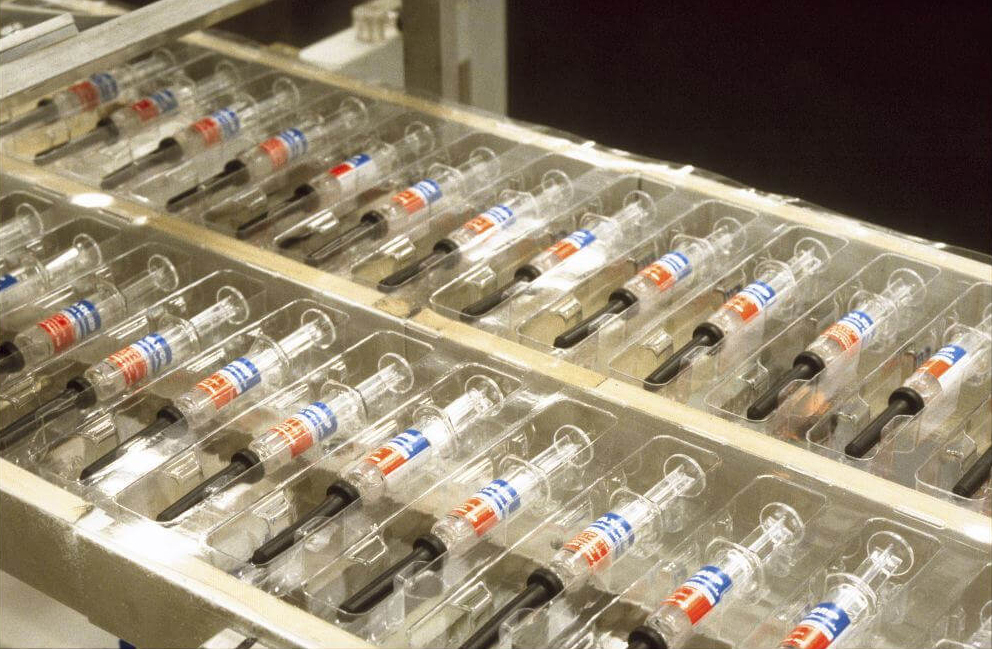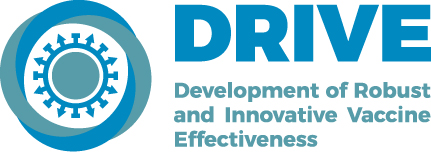FAQs
1. Who can participate in DRIVE? How do you join?
Public health institutes (regional or national) and other institutions who work on influenza vaccine effectiveness (IVE) are welcome to join the DRIVE project as Associate Partners preferably for the duration of the project.
Starting from the season 2017/18, Research Collaborators will be invited for each influenza season through a public call for proposals released by FISABIO, the coordinator of DRIVE, to fill identified data gaps.
The selection of Research Collaborators for a given season by the DRIVE Steering Committee will be based upon the nature of a partner’s data; plans to develop data collection; and also their geographic, demographic and vaccine product coverage within a European context.
2. How do Associate Partners participate in DRIVE?
Associate Partners (European organizations and networks) can join with DRIVE in two different ways: sharing of IVE data and participation in building a sustainable platform for IVE studies.
Associate partners collect data using methods such as case-control and cohort study designs that allow for estimates of IVE, preferably by brand. Any novel designs that may be developed within DRIVE will also be opened to Associate Partner participation. More specifically, they may participate in the study design, analysis plan and interpretation and reporting of the data, share the data with the DRIVE consortium for pooled analyses, and participate in DRIVE General Assemblies.
3. Can Associate Partners receive funding from DRIVE?
DRIVE will provide methodological institutional, and financial support to Associate Partners. While the majority of Associate Partners are expected to possess some previous experience and infrastructure in IVE assessment, DRIVE intends to also help build capacity for IVE studies in new sites and countries to expand the European network.
DRIVE is also prepared to provide a budget for organizations or networks to support efforts to share their data, and to partially cover expenses in building study platforms, as well as travel expenses for project meetings.
4. Why was DRIVE established as a public-private partnership?
A public-private partnership was seen as the most transparent and robust way of bringing together all of the knowledge, expertise and resources needed to achieve the objectives of DRIVE.
5. How does DRIVE ensure no conflicts of interest will arise in the project?
DRIVE governance has been established to ensure scientific independence and transparency of involvement of all partners. Special attention is given to avoiding any conflicts of interest in the study design and in the interpretation of the results.
The studies will be designed by the public partners in DRIVE. The data collection and analysis will take place locally within each participating country. The pan-European pooled analyses will be performed by statisticians and data analysts at P95, a small-medium-sized enterprise. The protocols, study reports and publications will be assessed by an independent scientific committee (ISC).
The members of the ISC have no affiliation with DRIVE consortium members. In order to maintain transparency and traceability, vaccine manufacturers will provide any comments on the scientific deliverables (study protocols, analysis plan, reports) in writing to the ISC.
6. Can vaccine manufacturers access the raw data on the effectiveness of different vaccines?
No. The raw data will not be available to vaccine manufacturers. A Quality Control & Audit Committee advises on the compliance and quality of the studies. Whenever needed, data quality control and audit will be performed by a third party on behalf of vaccine manufacturers to meet EMA regulatory obligations.
The Associate Partners of DRIVE will maintain the intellectual property rights to their own raw data.
7. How, when, where and in what format will DRIVE make the project results public?
The results will be made available on the DRIVE website and later in scientific meetings and peer-reviewed publications. The partners and other stakeholders in the field of influenza vaccination are encouraged to make use of the DRIVE data to inform their respective audiences and stakeholders.
8. How can those in charge of national and regional healthcare make use of the DRIVE results?
The timing of the availability of the data depends on the study design and site. Depending on the relevance of the data, the DRIVE IVE results can be of direct use to the health authorities for both communication and decision making purposes, especially if there are no other official impact evaluations of IVE in that particular country.
DRIVE also has a work package dedicated to communication that will provide materials and guidance on communication of IVE results to public health professionals or health care workers in their communications with the general public.
9. How will vaccine manufacturers make use of the DRIVE results?
Vaccine manufacturers will be able to comply with the guidance of the European Medical Agency (EMA/CHMP/VWP/457259/2014) using the IVE results arising from DRIVE as well as other general regulation around the responsibility of manufacturers in relation to their licensed products. It is expected that they will submit a yearly report from DRIVE to the Regulatory Agencies as per guidelines requirements.
10. What is the role of ECDC in DRIVE?
ECDC is an important stakeholder in the field of influenza surveillance and vaccination in Europe, and thus ECDC´s views and guidance on how to study and communicate IVE are important to DRIVE. DRIVE will also provide the scientific output of IVE studies to the ECDC.
11. What is the role of EMA in DRIVE?
EMA has provided updated guidance to manufacturers on the regulatory requirements for influenza vaccines (EMA/CHMP/VWP/457259/2014) which came into effect in 2017. DRIVE will interact with EMA for guidance as appropriate and the outputs will enable vaccine manufacturers to fulfil their regulatory requirements.
12. Why is it important to study brand specific influenza vaccine effectiveness?
There is an increasing number of different types of influenza vaccines available, which differ in composition and manufacturing process. The effectiveness of these vaccines has been established in clinical studies, which form the basis of their licensure, however, effectiveness can vary between different groups within given populations and from season to season depending on how closely the WHO-recommended strains contained in the vaccine match the circulating viruses.
On a general level, for the same type of vaccine, major differences in IVE between different brands in a given population group are not expected. The main aim of DRIVE is not to find differences in IVE between different brands; DRIVE is a part of the ongoing effort to monitor benefit and risk at the influenza vaccine level from a regulatory perspective. This can potentially help in identifying vaccines with consistent suboptimal responses for some categories of the population.
13. What is IMI?
The Innovative Medicines Initiative (IMI) is a European Horizon 2020 public-private initiative aiming to accelerate the development of better and safer medicines for patients. IMI is a co-initiative of the European Commission and the pharmaceutical industry to support collaborative research projects and the creation of networks of industrial and academic experts to boost pharmaceutical innovation in Europe. The European commission provides funding while the industry members generally contribute in-kind resources to the project.
14. Who are DRIVE stakeholders?
DRIVE will provide outputs for several different stakeholders who need evidence on IVE to fulfil their statutory or other duties. Examples of these are public health institutes, vaccine manufacturers, national regulators, EMA, ECDC, and WHO. Ultimately the end-users of DRIVE data are European citizens and people living in Europe, but they will be mainly addressed by their national bodies, and not by DRIVE directly.
15. Can I-MOVE partners contribute to DRIVE?
Yes. Both the European Commission and IMI support sharing of data/outputs in the best interest of European citizens. Data access to allow for comparison and secondary use is encouraged. In this spirit, DRIVE is seeking partnership with existing projects and networks such as I-MOVE.
16. What is the duration of the DRIVE project?
IMI has made a five-year contract with DRIVE. There will be a mid-term evaluation after the second year of the project that will enable the redirection of the course of the project, should that be necessary.

